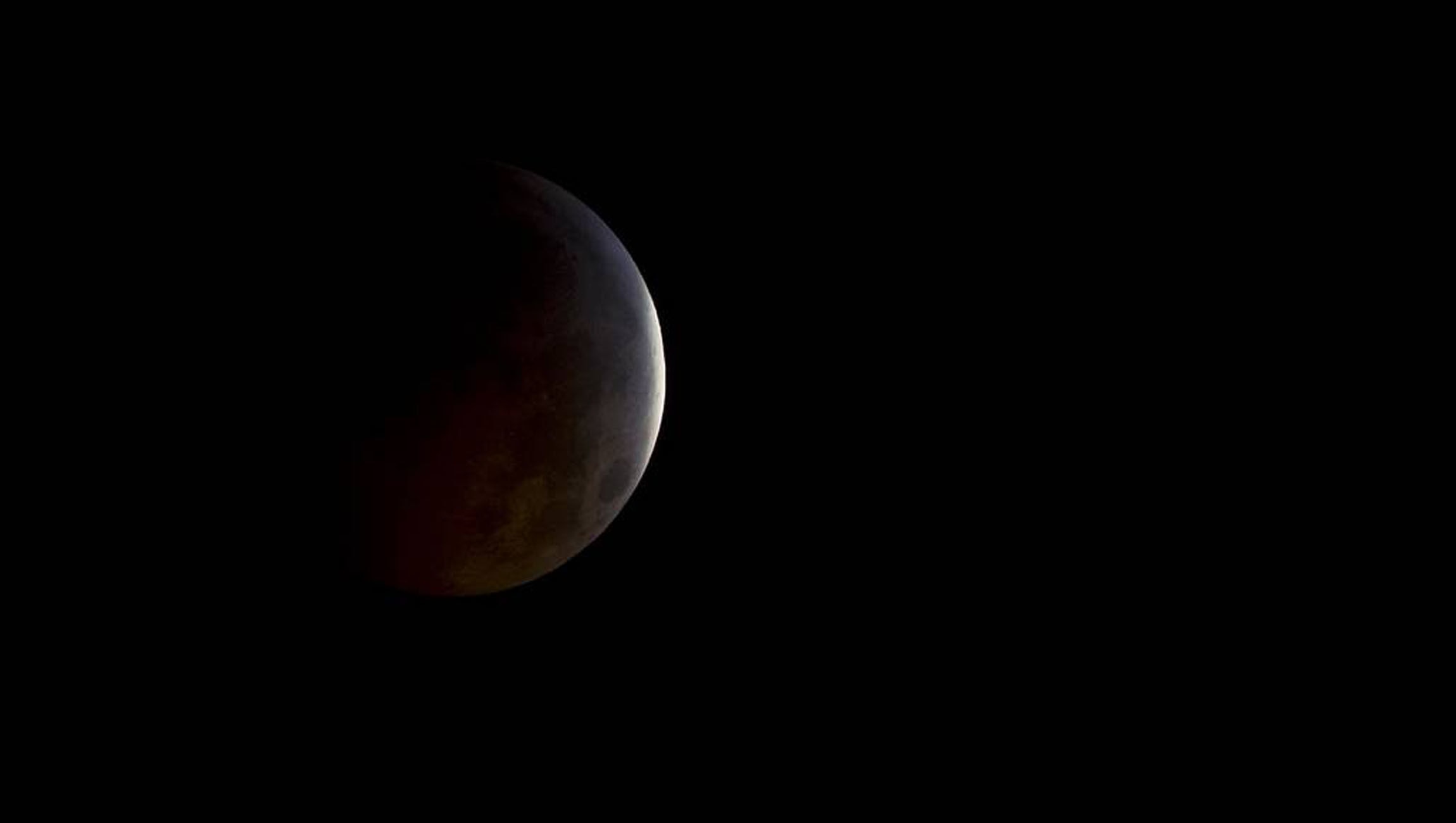Create a free profile to get unlimited access to exclusive videos, sweepstakes, and more!
Wait. If the moon suddenly vanished 900 years ago, where did it go?

As the Sun disappeared on the night of May 5, 1110, it didn’t just go dark. It ended up being a blackout because the Moon never emerged.
When the Sun goes down, the Moon comes up. At least it usually does. Until science revealed the Earth’s rotation, many ancient mythologies often explained this phenomenon as some kind of solar chariot traversing the sky from dawn to twilight, with a lunar chariot taking off when it retreated into darkness. Something that is just this expected usually goes by unnoticed until it doesn’t happen. The absence of the moon that night was frightening, and supposedly triggered everything from horrible weather to famine across the planet. Now scientists probably know why. Volcanoes.
“While understanding of the climate forcing associated with large volcanic eruptions has advanced greatly…the wider environmental impacts and consequences of volcanism on the trajectories of human societies remain only partially explored, especially for the early and high medieval periods,” said Sébastien Guillet and his research team from the University of Geneva, who recently published a study in Scientific Reports.
There had been several previous theories about the darkening of 1110, but the team realized that volcanic eruptions were behind this event after going through geological evidence and eyewitness accounts from that time period. It was most likely brought on by a veil of ash belched out by several volcanoes that lost their temper from 1108-1110. Though accounts told of multiple dark lunar eclipses, during which the Moon turned a reddish hue, this “black eclipse” stood out. During a lunar eclipse, sunlight headed towards Earth is absorbed and scattered, with mostly the orange to red part of the light spectrum making it through the atmosphere and then being refracted onto the Moon. What doesn't usually happen is the absence of light.
The team scoured over 130 sources from the 12th century for accounts of the event, from England to France all the way to Japan. One of the longest and most detailed accounts comes from the Anglo-Saxon Peterborough Chronicle. It recalls“the moon shining bright in the evening, and afterwards by little and little its light diminished, so that, as soon as night came, it was so completely extinguished withal, that neither light, nor orb, nor anything at all of it was seen. And so it continued nearly until day, and then appeared shining full and bright.”
Clouds can be ruled out, because whoever wrote that also observed that the sky remained clear, with stars shining brightly throughout the cosmos. More writngs from Japan supported these findings. The eruption of Mount Asama in 1108 was almost definitely one of the culprits, with an account known as the Chūyūki diary describing a fiery inferno that was followed by dying crops and inevitable famine. This was one bad omen that actually came to pass. A Roman account from 1109 also mentioned famine that “decimated human beings everywhere.”
Physical evidence for a volcanic eruption that happened in the Middle Ages showed itself through tree ring and ice core analysis. Previous studies that had explored records frozen in the ice of Greenland indicated one specific tropical eruption as the cause for that moonless night. What the team found through re-analysis of that polar ice was that there was more sulfur in the atmosphere between 1109 and 1111, and sulfur is one of the things that volcanoes vomit in profusion. When the team used tree rings to reconstruct temperatures for a vast expanse of the planet from the years 500-2000. Turned out the summer of 1109 was the coldest since 500. Plummeting temperatures from then were comparable to other years associated with volcanic eruptions, which were also some of the coldest years ever.
It may seem that a black moon is a harbinger of death, but what really happened was more like a less severe version of the nuclear winter that ultimately wiped out the dinosaurs and most life on Earth after the killer Chicxulub asteroid impact. Earth was thrown into chaos after the space rock smashed into it. Volcanoes erupted violently, as if the planet was purging its insides after a punch to the gut. Immense amounts of ash in the air blocked sunlight. When sunlight is blocked, most life as we know it is incapable of staying alive, and you can see where this is headed. Think of the dark eclipse as an indicator of a less severe (but still disastrous) nuclear winter.
You will never hear the song Bad Moon Rising the same way again.


























